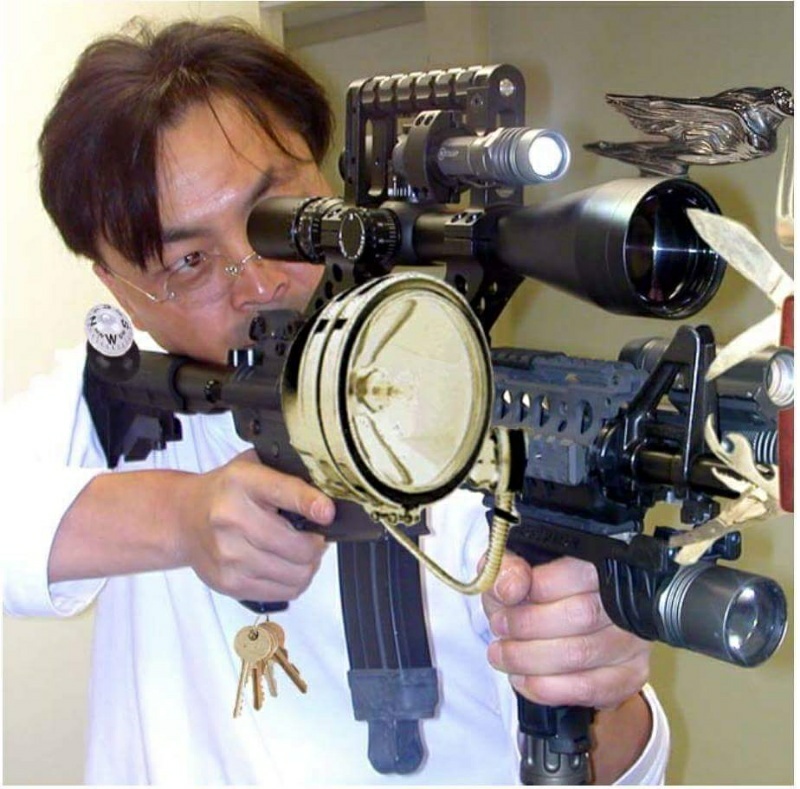- Joined
- Apr 27, 2016
- Messages
- 352
A lot of lights do that, it isn't reserved to the Malkoffs. Even those that start at a measly 50 lumens can support a diminishing tail.
But that behavior sounds like evidence that lower power levels are indeed an extremely useful way to preserve battery life. Maybe I misunderstood your thread title?
But that behavior sounds like evidence that lower power levels are indeed an extremely useful way to preserve battery life. Maybe I misunderstood your thread title?


